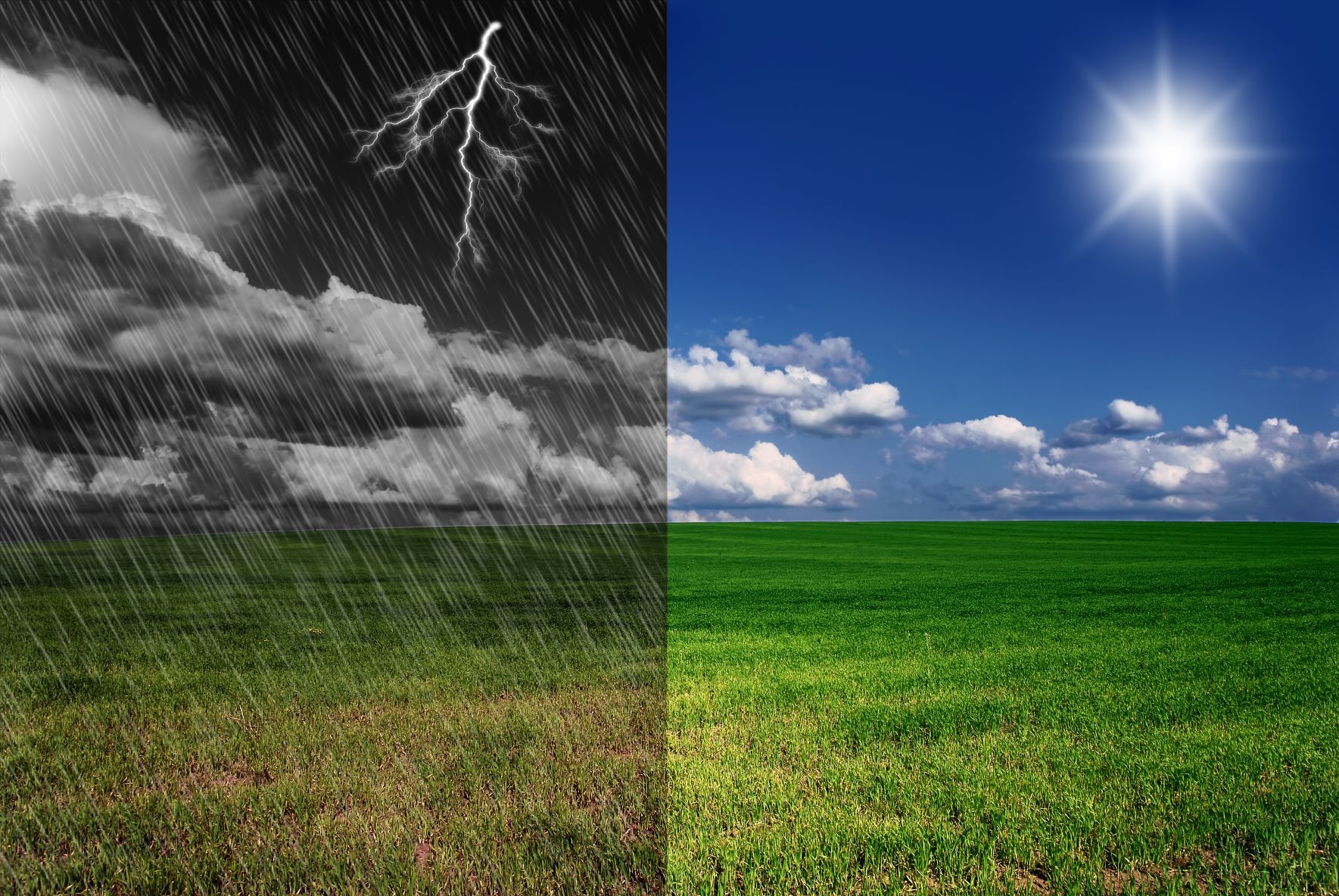
BLOG
Eastern Cape agricultural conditions are not as favourable as in most of South Africa

South Africa's summer crop growing regions have received excessive rains since the start of the season in October 2021, except for a few regions of one province, the Eastern Cape. This province's southern and far western regions remain relatively dry and have not benefited from the recent heavy rains.
Suppose one peruses the dam levels data that the Department of Water and Sanitation releases weekly; the Eastern Cape has the lowest average dam water levels compared with all provinces of South Africa.
On January 31, the provincial dam levels averaged 62% full, compared with 56% on the same day in 2021. But averaging the dam level masks an even bleaker picture of lower water levels in dams such as Bonkolo, Debe, Groendal, Impofu, Lake Arthur, Nuwejaars, and Wriggleswade. These Eastern Cape dams currently have water levels below 50%, which is a predicament for farmers and households in the areas these dams service.
Some dams have also encountered infrastructure challenges due to poor maintenance, contributing to lower levels despite the heavy rains.
The soil moisture levels in Figure 1 below also illustrate this challenge of the Eastern Cape (see the orange and red coloured areas. The Western Cape is a winter rainfall area; hence its soil moisture is low).
This contrasting picture of the Eastern Cape's water and rainfall conditions to the national picture also means that the provincial agricultural economy is not performing at its potential. The positive agricultural growth numbers we have observed nationally in 2020, about 13,4% year-on-year, boosted by large output, could have perhaps been even more significant had the Eastern Cape received sufficient rains to unlock its production.
In the current 2021/22 production season, there are positive data from summer crop plantings of the province, specifically maize. According to preliminary plantings data from the Crop Estimates Committee, farmers planted 25 500 hectares, up by 1 500 hectares from the previous season.
However, sunflower seed and soybean plantings in the province are set to decline. The switch to maize partly caused this decline in oilseeds plantings, and importantly, the Eastern Cape's summer crop planting is primarily in wet areas (or received excessive rains). At the same time, the drier southern regions are typically used for livestock and horticulture.
The other less talked about difficulties of prolonged droughts are the affected farms' financial conditions and their ability to create jobs for the small towns. This is one area that will be worth closely monitoring this year.
Recently, there are also additional challenges, such as the spreading brown locusts in some grazing fields of the western and southern regions of the Eastern Cape. The locusts are destroying veld and threatening the provincial agricultural economy.
Overall, the Eastern Cape's agricultural economy is not as favourable as most of South Africa; the province faces many challenges. Therefore, the provincial government should intensify its efforts in assisting the farming communities most affected by droughts.
Wandile Sihlobo can be reached at wandile@agbiz.co.za.

0 COMMENTS
LEAVE A COMMENT